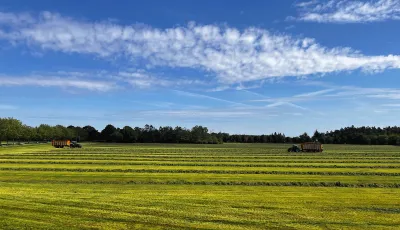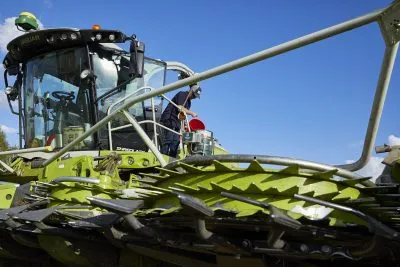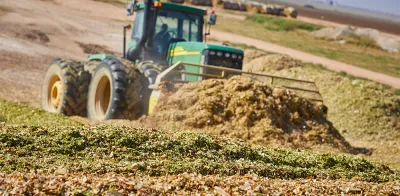Are you ready to maximize your time and efficiency?
When the ground thaws, you want to hit it running, don’t you? Being fully prepared for spring planting is the best way to kick off the year and begin maximizing your operation’s potential. There are dozens of things to do on the farm to prepare, but a few rise to the top of the “must-do” list.
Soil Testing and Amending
To maximize the efficiency of your fertilizer, you need to know what you’re fertilizing. With thorough soil testing and analysis, you can adjust your fertilizer to give the soil exactly what it needs to produce properly. When sampling and analyzing soil, you want to look at pH levels, organic matter levels and makeup, CEC (cation exchange capacity), and available nutrients like N, P, K, Ca, MG and S, among others. Knowing the makeup of your soil provides a baseline for adjustments. For more on soil testing, you can read our blog about improving soil fertility.
Preemptive Equipment Maintenance
Making sure your vehicles are safe and (literally) ready to roll will give you an advantage when spring has sprung. This is an area where too much prep is never enough, but here are the high-priority things to check:
- Inspect all tires. There’s nothing worse than getting a flat out in a muddy field!
- Check and test all braking systems.
- Inspect all belts and hoses.
- Make sure all heating and cooling systems work properly.
- Look at each equipment’s manufacturer’s guidelines and properly lube all grease fittings and friction points.
- Make sure all lights are in working order, including hazard lights.
- Test all water systems.
- Check all filters (water, air and lube) and replace as needed.
- Inspect planter mechanics.
Talk To Your Seed Dealer
You might think you’re on top of your seed needs—and you might be! —but it never hurts to have more information. Talk to your local seed dealer for advice about the best available seed varieties for your region’s best available seed varieties. Your seed dealer can tell you everything you need to know about new varieties, which ones are more tolerant of local pests and other pressures, predictions for the coming season, and even clue you into money-saving tips. While you are consulting for early spring alfalfa, grass or small grains varieties, it is a good idea to start looking at your corn hybrids.
Prep the Seed Bed
A good seedbed isn’t clogged with other vegetation that can compete with your forage crops for available resources. The soil isn’t compacted and is uniformly firm for the uppermost inch or two, leaving human footprints less than 0.5” deep. It shouldn’t be too dry, but also shouldn’t hold water in pockets or puddles, and should be covered with a mulched residue to prevent erosion as much as possible.
Plow or disk to till but be sure to follow up with a final prep to ensure a firm, smooth seedbed.
Talk to Your Agronomist
Before planting, enlist your local agronomist to offer advice on seeding rate and seed depth, based on local conditions and forecast. They can also inform you about potential pests, take another look at your soil analysis and catch anything you might have missed.
Now that you’re prepped, happy planting!



